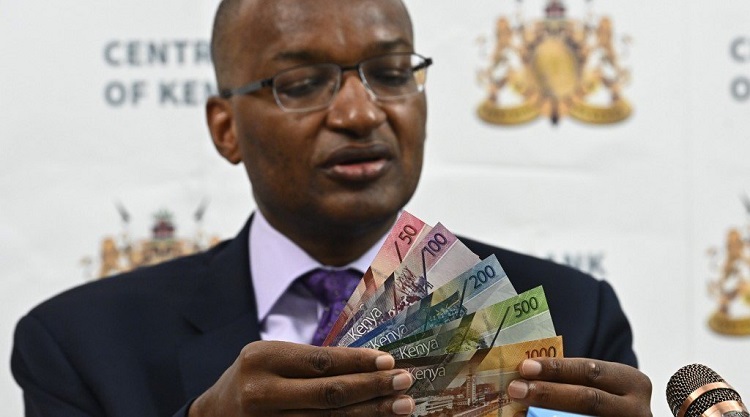Kenya’s foreign exchange reserves continue to fall and currently stand at USD 6.939 billion (3.88 months of import cover) as of February 9, 2023, down from USD 7.0 billion recorded the previous week.
As a result, according to the most recent Central Bank of Kenya (CBK) data, the country’s months of import cover remained relatively unchanged at 3.9 months, falling just short of the statutory requirement of at least 4.0 months of import.
However, the CBK has maintained that they meet their statutory requirement to endeavour to maintain at least four months of import cover.
“It’s not like a trap that when you get in, you get caught. It’s not an accident that something happens when you are below that number,” CBK Governor Patrick Njoroge said on November 24.
“We still believe we have adequate reserves to smooth out any volatility. We are also doing our best endeavours to ensure we get reserves.”
In December 2022, the foreign exchange reserves rose to 925.6 billion shillings ($7.537 billion) after the International Monetary Fund (IMF) disbursed 81.7 billion shillings.
The decline can partly be attributed to repayments to bilateral and commercial lenders and the CBK’s intervention to slow down the shilling’s depreciation against the US dollar.
“And in light of debt repayments, (fall in forex) inhibiting the central bank’s ability to alleviate the shilling’s slide, which extended its losses in the week by 50 cents, from a weekly loss of 25-30 cents. The shilling breached the 125.00 mark last week,” says NCBA Bank Research in its Weekly Fixed Income – February 14.
As at 13th February 2023, the shilling had depreciated 1.43% compared to a depreciation of 0.43% during the same period last year.




